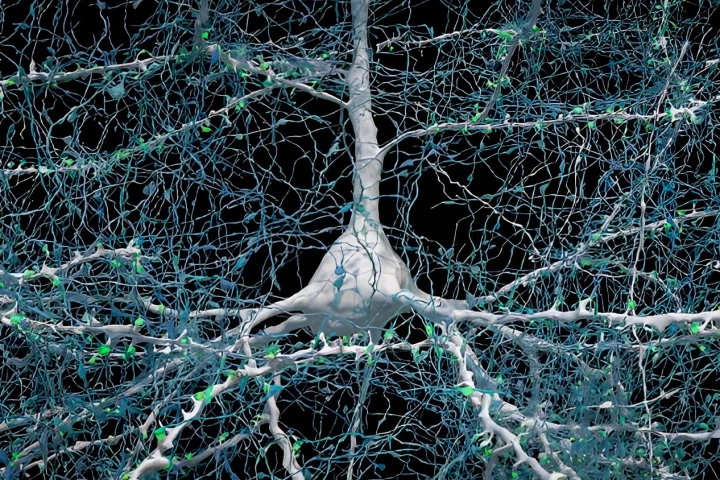Connectomics
-
Harvard and Google Research have mapped thousands of cells and millions of synapses in a poppy seed-sized sample of tissue. The result is a set of truly stunning images and marks a major step towards understanding of the biggest challenges in science.
-
A browsable 3D map of just one millionth of the cerebral cortex has been created using 225 million images and a whopping 1.4 petabytes of data, illustrating the immense complexity of the human brain.
-
The developing field of connectomics – the attempt to produce a neuron-and-synapse-level wiring diagram of the brain – has taken a major leap forward, as a Janelia team with the help of Google has released a full map of the hemibrain of a fruit fly.
-
There are simpler ways we can improve our understanding of the brain than mapping it in its entirety Enter a roundworm which scientists have been used as a model to study the human brain for some time, but have now just created the first complete map of its entire nervous system.
-
If science is going to reduce a person to a 3-D map of physical structures, at least we can take solace in the fact that it's an incredibly complex map. Let's take a quick look at the emerging science of connectomics, the dense mapping of brain neurons, and how it's leading to better cryonics.
-
Imagine for a moment if we could build a complete wiring diagram of a human brain – to map in detail every one of the hundred trillion or so synapses and roughly hundred billion neurons together with all the tiniest supporting mechanisms. What might that mean, and would it even be possible?





